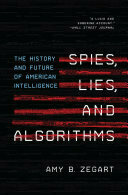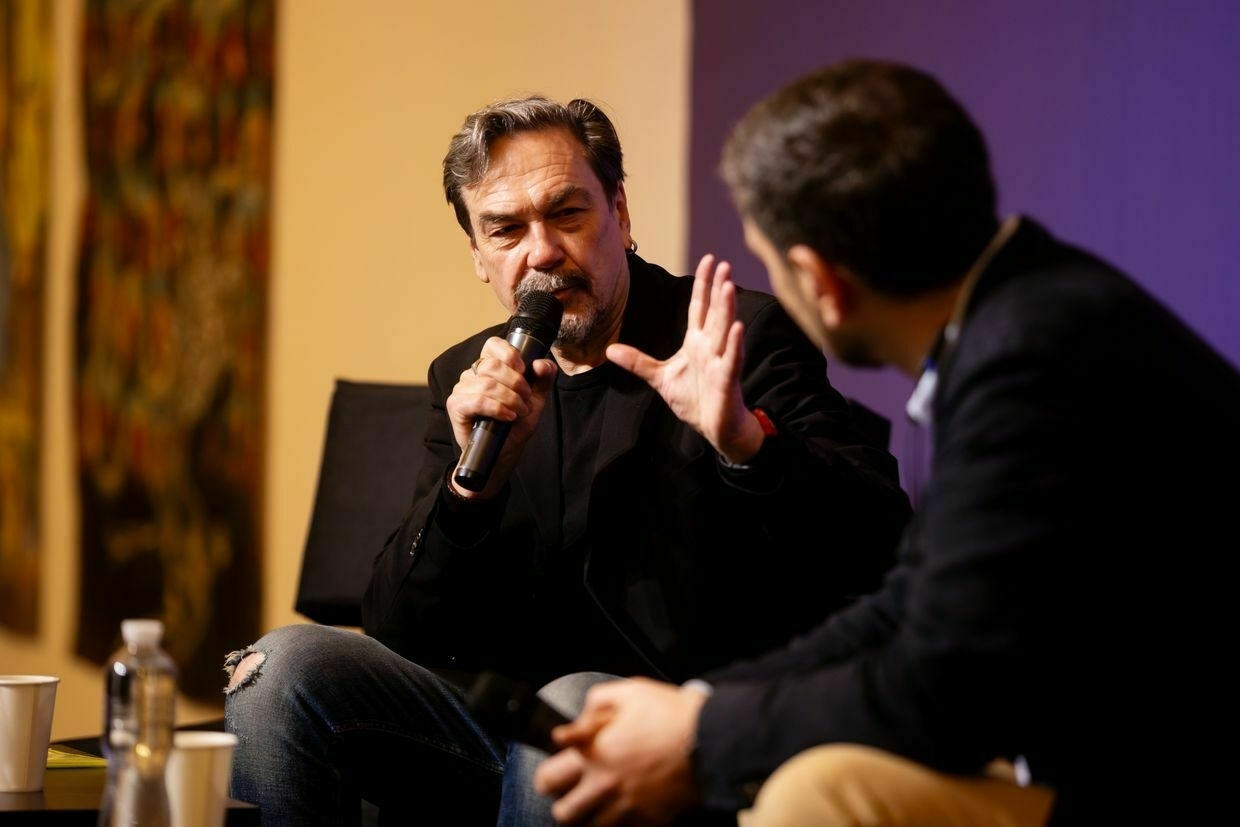
In Soviet times, being a pro-Ukrainian artist was dangerous. The Soviet secret police were particularly brutal in Ukraine, given that it was a country with a long history of resistance to Russian rule. Still, new generations of artists remained committed to their culture in the face of widespread Russification.
Among them was Yuri Andrukhovych, who, in 1985, co-founded the Bu-Ba-Bu literary performance group. Today, Andrukhovych is one of Ukraine’s most famous and celebrated authors. But his career started as part of a bold underground movement that quickly grew into a cultural phenomenon, signaling the country’s push toward independence. Bu-Ba-Bu’s rejection of censorship and societal taboos resonated deeply with the Ukrainian population, which was eager to embrace the ideals of creative expression.
In an interview with the Kyiv Independent, Andrukhovych opened up about the origins of Bu-Ba-Bu, the struggle of Ukrainian cultural movements in the face of Soviet censorship, and the profound sense of pride he feels as he witnesses Ukrainian culture thrive despite the adversity brought on by Russia’s war today.
This interview has been edited for length and clarity.
The Kyiv Independent: April marks a special month for the history of Ukrainian culture — it’s the 40-year anniversary of the founding of Bu-Ba-Bu. For our foreign audience, could you just tell us a little bit about what it was and your part in founding it?
Yuri Andrukhovych: Yes, it will be on April 17 — we have a precise date. I couldn’t participate in that very first meeting which took place in Lviv, though. It was a meeting between my two friends, the poets Viktor Neborak and Oleksandr Irvanets. I was supposed to join them, but I fell ill the day before. The year was 1985, and we didn’t know it yet, but it would turn out to be a very significant year in history.
Bu-Ba-Bu is, of course, an abbreviation of three different notions. The first “Bu” comes from “burlesque,” and the second from “buffoonery.” In between them is “Ba,” which comes from the word “balagan.” It is actually an old Hebrew world that means something akin to chaos or disorder.
Later, the term took on a special meaning, particularly in the cultural spaces of Eastern and Central Eastern Europe. “Balagan” came to describe a kind of small, wandering theater — a nomadic circus. It was a form of cheap, simple entertainment for ordinary people. Marketplaces in cities and towns across Central Europe often featured them.
We incorporated these three notions into our aesthetic program, but we never set out with a manifesto or a proclamation to change Ukrainian poetry or literature. We simply began by reading, writing, and sharing our poems — mostly with each other.
Ukraine’s longstanding aspirations for independence and freedom were seen (by the Soviet authorities) as the most dangerous tendencies in the former Soviet Union.
So, there were three of us, young and full of energy. I was the oldest in our trio at 25. My friends (Neborak and Irvanets) were both 24. With everything ahead of us, we set out to create our own kind of circus in poetry. We wrote poems that could be both a show and a performance. Our goal was to blend live performance with poetry that was deep, clever, and witty.
The Kyiv Independent: Could you talk about the public perception of your performances? Was there a hunger among the Ukrainian public for such poetry at the time?
Yuri Andrukhovych: Yes, everything came gradually, slowly. In 1985, there was still a difficult situation regarding censorship, with various obstacles imposed by the system to hinder artistic and literary initiatives. For the first two years (of Bu-Ba-Bu), our activities remained mostly private — built on friendships, personal connections, and informal gatherings.
Our first decision was to meet regularly. These meetings weren’t limited to Lviv, where Viktor Neborak lived then and still does today. We also gathered in Kyiv and Ivano-Frankivsk, the latter of which is my city. In many ways, our activities revolved around traveling and visiting one another.
Along the way, we organized small gatherings — let’s call them informal readings — held in intimate circles, often in artists' workshops or friends’ apartments. These gatherings usually included the three of us, along with five to seven others.
Our first real public performance took place in December 1987. By then, we had already existed for two and a half years before making our debut presentation in Kyiv. The venue was Molody Theater.
A significant change in its administration had just taken place. Sometime earlier, the theater had invited the renowned Ukrainian director and dissident Les Taniuk. After escaping the KGB in Soviet Ukraine, he spent several years in Moscow. Then, in 1987, he was invited back to Kyiv to take over as director and administrator of Molody Theater.
Les Taniuk was just brilliant. He completely reorganized the theater. He introduced an entirely new program. At the same time, he also launched several parallel initiatives. One of these was a series of literary readings. Our Bu-Ba-Bu event was actually the second in this series. The very first event was dedicated to the authors of the Executed Renaissance (a generation of artists that perished in the Stalinist purges in the 1930’s).
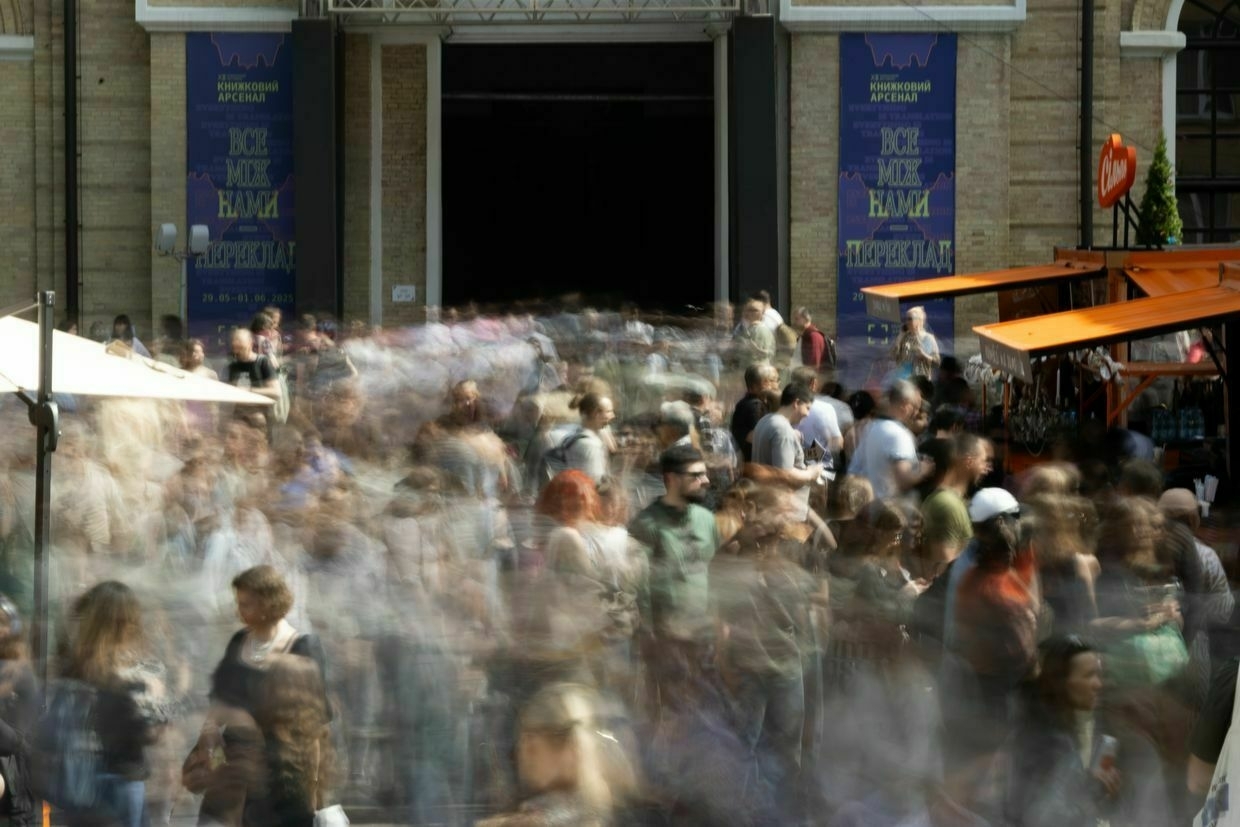
It was a bold and risky topic for that time. But it resonated deeply — people in Kyiv quickly realized there was a place where previously banned texts could be performed. A stage was open to anyone talented enough to bring something fresh and of high literary quality.
I look back on that evening with great happiness. It’s astonishing to remember a time without the internet or social networks. We had no advertising, nothing on TV or radio. At best, maybe a tiny mention, three or four sentences buried on the last page of a newspaper. Yet, word spread. Somehow, people found out. The space filled up completely. More and more people kept arriving, but there were no seats left. It was an incredibly promising start.
The Kyiv Independent: You mentioned censorship and how certain material was considered risky. Many foreigners tend to associate this with the earlier years of the Soviet Union — Stalin, the Great Purges. But can you talk about how, even in the later years of the Soviet Union, being a Ukrainian artist was still risky? What was it like to embrace the Ukrainian language and culture at a time when Russification was the norm?
Yuri Andrukhovych: When it comes to censorship in Ukraine, our Soviet Republic was a unique case. In the late Soviet period — the 1970s and 1980s, well after the Stalinist era — Ukraine still endured what felt like a softer version of Stalinism. In many ways, the situation here was much worse than in other parts of the Soviet Union.
There was more openness in the three Baltic republics, in Georgia, and, of course, in Moscow. Many Ukrainian artists and poets in the 1970s fled to Moscow, where it was less dangerous than staying in Ukraine. It was there they could escape the reach of the KGB, losing their trail in the vast sprawl of the city.
Ukraine’s longstanding aspirations for independence and freedom were seen (by the Soviet authorities) as the most dangerous tendencies in the former Soviet Union. The Ukrainian Republic was under very specific control.
The previous generations of Ukrainian poets, known collectively as the Sixtiers and the Seventiers, faced tremendous challenges.
Over the course of two nights (during the New Year's celebration), for example, the Ukrainian KGB launched a massive operation. Many people were arrested, and the Ukrainian cultural sphere faced continued severe attacks over the following weeks.
This led to numerous trials, and by the mid-80s, when our generation began, most of the people from 1972 — let's call them the "people of 1972" — were still political prisoners. They were either in labor camps or prisons. The most significant figure from that group was, of course, Vasyl Stus, who was killed in a Russian penal colony in September 1985.
Looking back, we can say with certainty that the situation in Ukraine at the time was a form of neo-Stalinism — a continuation of the same longstanding oppressive policies.
 The Kyiv IndependentKate Tsurkan
The Kyiv IndependentKate Tsurkan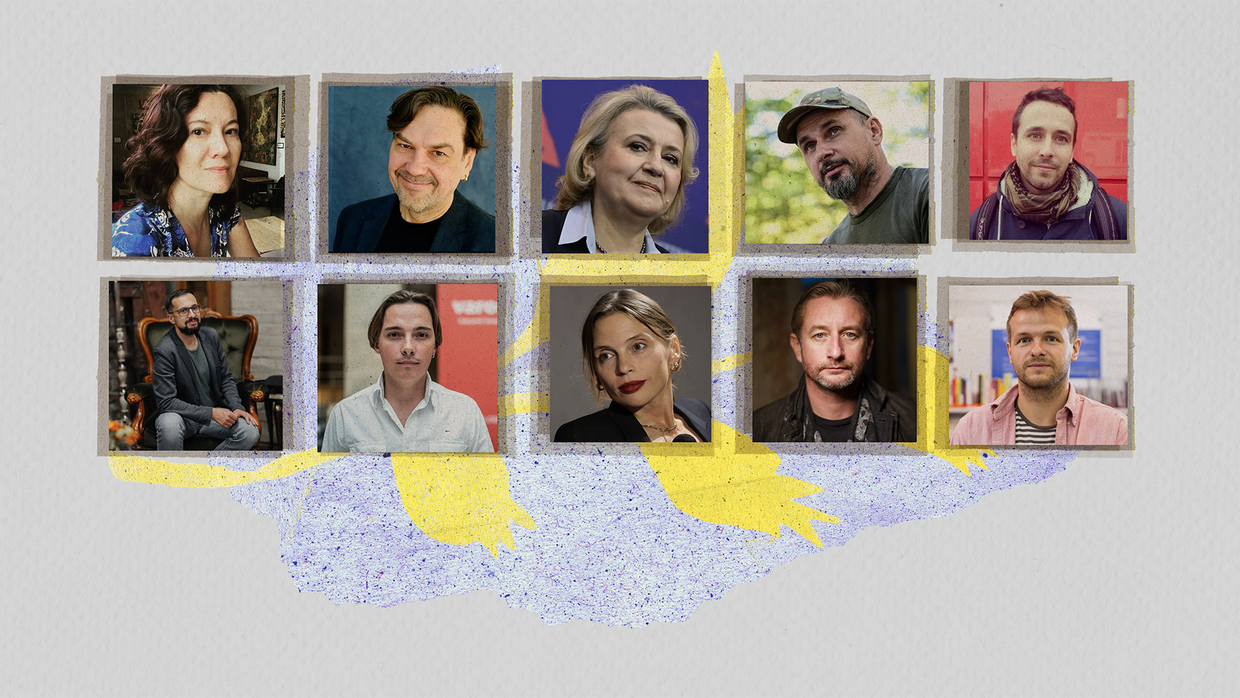
The Kyiv Independent: Since 2014, there has been much talk about a cultural renaissance in Ukraine. What is the most rewarding aspect for you about this comment moment in Ukrainian culture?
Yuri Andrukhovych: For me as a writer, the most significant changes have, of course, been in the publishing world and literary life. Since 2014, we've seen the rise of so many new publishing houses. There are also numerous new literary festivals and public readings. And, most importantly, we’ve witnessed a new wave of Ukrainian readers.
But it’s not just literature and publishing. There has been a rebirth of contemporary Ukrainian theater, and, of course, our visual arts have flourished as well. In fact, I’d argue that our visual arts were already unique and impressive even before 2014.
In my opinion, they represented a kind of avant-garde in contemporary Ukrainian art. These artists were creating brilliant projects using very modern forms of expression. They worked actively with installations and video art.
Before 2014, whenever I was in Europe, I would always find exhibitions or spaces showcasing new Ukrainian art. I felt incredibly proud to come from a country with such remarkable contemporary art. Since then, this diversity and richness have continued to thrive.
And, of course, we can’t overlook film and cinematography. I particularly see success in Ukrainian documentary films. But we also have feature films that are truly outstanding.
The most important thing is that people now want to experience this — attending theaters, paying to watch Ukrainian films, all of which is a very positive sign.
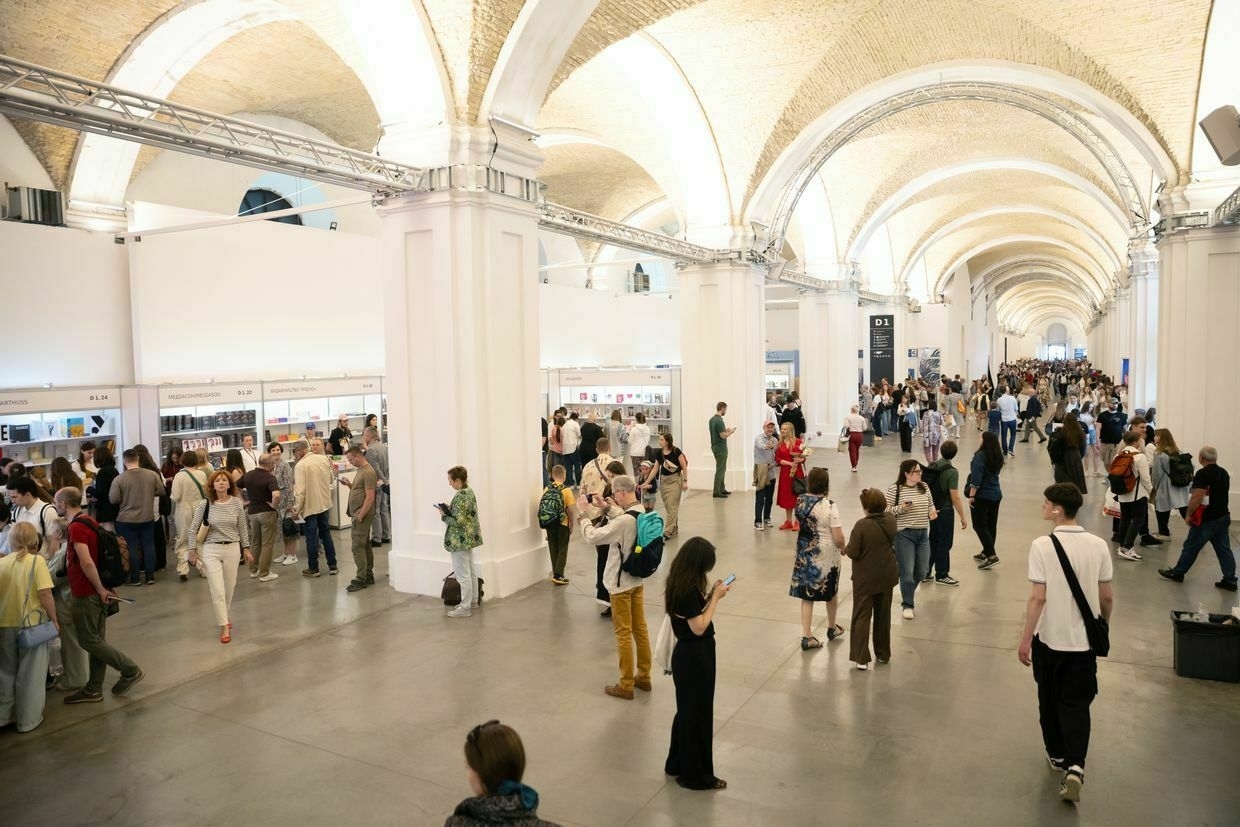
The Kyiv Independent: I’d like to conclude by discussing your poetry collection, “Set Change,” which was recently published by the New York Review of Books. This is a significant achievement, not only for you but also for Ukrainian literature in translation.
Could you talk about this collection? As I understand, it features poetry written early in your career, before you started to focus more on writing prose.
Yuri Andrukhovych: Yes, this collection consists of selected poems from my three first collections. The poems were written in the 1980s, and it also includes two cycles, “India” and “Letters from Ukraine.” It’s a mix of work I wrote from around 1980 to 1990.
This period represents the active stage of my poetic career. After 1990, I wrote more poems, but those were composed between 1999 and 2004. Some of the poems from that time, from my collection “Songs for a Dead Rooster,” had been published earlier in English translation by Lost Horse Press.
The idea for this new collection came from my American translators, Ostap Kin and John Hennessy. They suggested putting together the collection and I think they did an excellent job.
I was involved every step of the way, reviewing each batch of new translations. I paid close attention to each line, thinking carefully about how they had translated it. We had many interesting and productive discussions through our email exchanges — I’m looking forward to holding the hard copy in my hands.
 The Kyiv IndependentKate Tsurkan
The Kyiv IndependentKate Tsurkan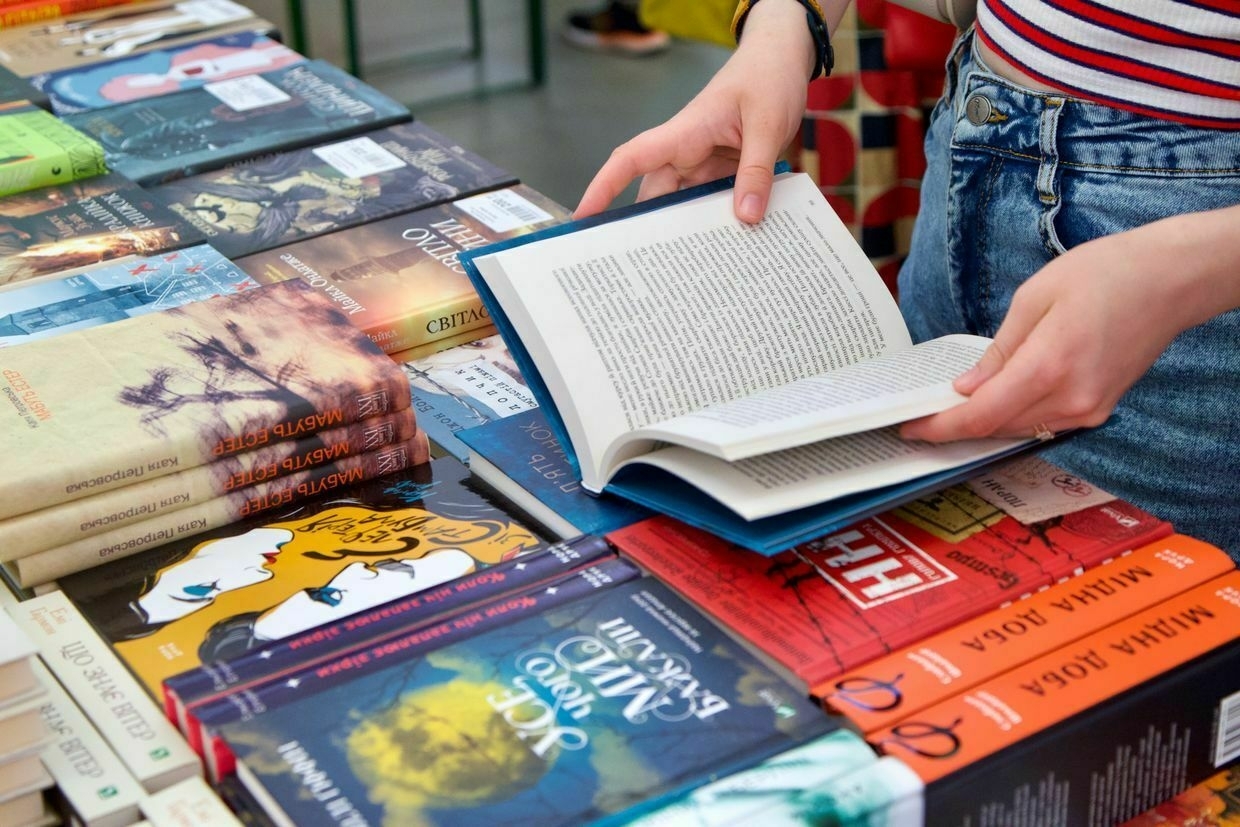
Note from the author:
Hey there, it's Kate Tsurkan, thanks for reading my latest interview. Yuri Andrukhovych is one of the greatest living voices in Ukrainian literature and this was my second time interviewing him. I hope more and more people across the world will learn about his work and his contributions not only to Ukraine but to world literature. If you like reading this sort of material, please consider supporting us by becoming a paid member of the Kyiv Independent today.
